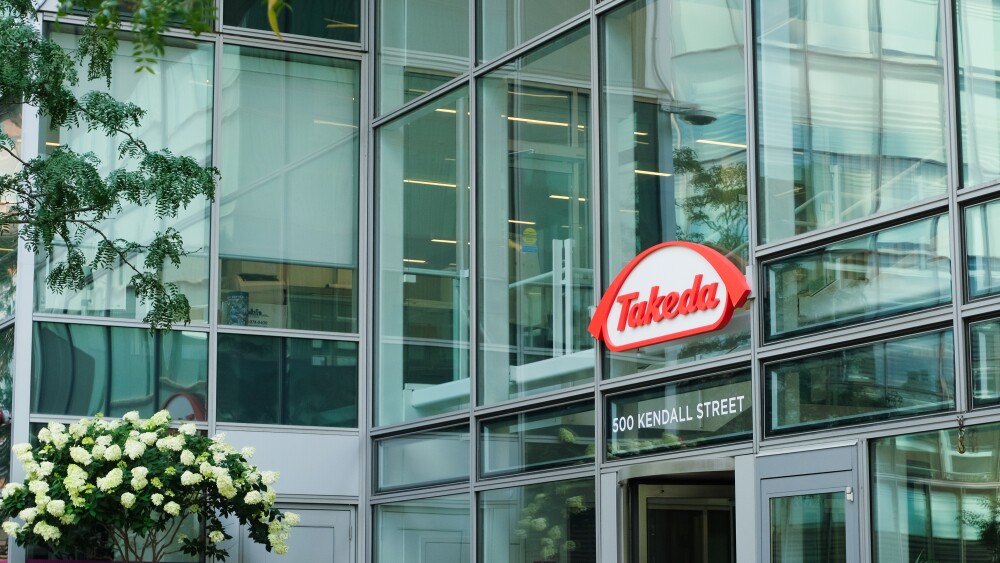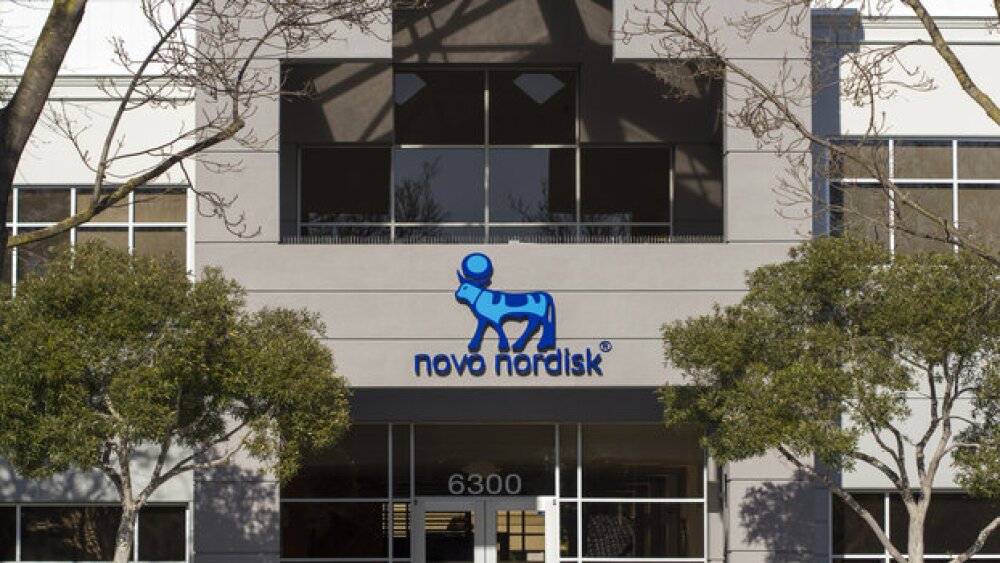Vertex has recorded some 25,000 prescriptions for Journavx since its January approval and is in the process of getting big PBMs to cover the non-opioid pain drug.
In what analysts called a “sticker shock,” Vertex Pharmaceuticals unveiled first-quarter 2025 earnings Monday that fell short of investor expectations.
Vertex brought in $2.77 billion in the first three months of 2025. While this represents a 3% year-on-year growth, it also comes 3% below the analyst consensus. In a note to investors on Monday, BMO Capital Markets attributed the miss to “new product launch noise [for its recently approved cystic fibrosis (CF) drug Alyftrek] and one-time headwinds.”
Still, BMO remained optimistic about Vertex’s prospects this year, writing in its note that “we continue to like Vertex’s business on a fundamental basis.”
The company’s non-opioid pain therapy Journavx, for instance, has seen strong initial uptake. After winning FDA approval in January, Vertex had recorded roughly 25,000 prescriptions for Journavx as of April 25, Susie Lisa, Senior Vice President for Investor Relations, told investors during the company’s earnings call, noting that there has been “tremendous receptivity” to the drug.
Lisa added that Vertex has made “great progress” in terms of securing “broad retail pharmacy stocking” for Journavx and negotiating coverage with payers. “Of the three big [pharmacy benefit managers] in the U.S., we have one . . . now covering Journavx for a total of 94 million lives.” Optum RX has agreed to cover Journavx, according to analysts at Truist Securities, while talks with Cigna and VS Caremark are ongoing.
“Launch appears to be off to a strong start,” Truist analysts said in a Monday note, adding that given the drug’s strong current position, they expect Journavx sales to become “more material in [the] back half of 2025.” Truist expects Journavx to reach a 15% penetration rate in the U.S. acute pain market and hit roughly $1.6 billion peak sales in 2033.
Beyond pain, analysts are also encouraged by Vertex’s CF franchise. While partly attributing the Q1 miss to its main cash cow Trikafta —sales were $2.54 billion in the quarter, versus the $2.586 billion consensus—Stifel analysts noted that the overall number of CF patients on treatment continues to grow. Vertex is looking to capitalize on this through its newly launched Alyftrek, though the roll-out has been “slow and steady,” according to Stifel.
The struggle to get Alyftrek off the ground could be due to the “general uncertainty around whether Alyftrek is actually clinically better” than Trikafta, the analysts said, which could be slowing down switches. Still, there does not seem to be much urgency to move patients to Alyftrek, according to Stifel, which noted that there are “no imminent competitive threats” in the CF space, and that Vertex is enjoying a “long-tailed” intellectual property protection for its CF drugs.
Looking ahead to the rest of the year, Vertex narrowed its prior guidance, raising the lower end of its revenue range to $11.85 billion with maximum expectations reaching $12 billion. BMO saw this as a good sign, expecting that in the latter half of the year, Vertex will be able to rely on “greater contributions from Alyftrek and Journavx.”






